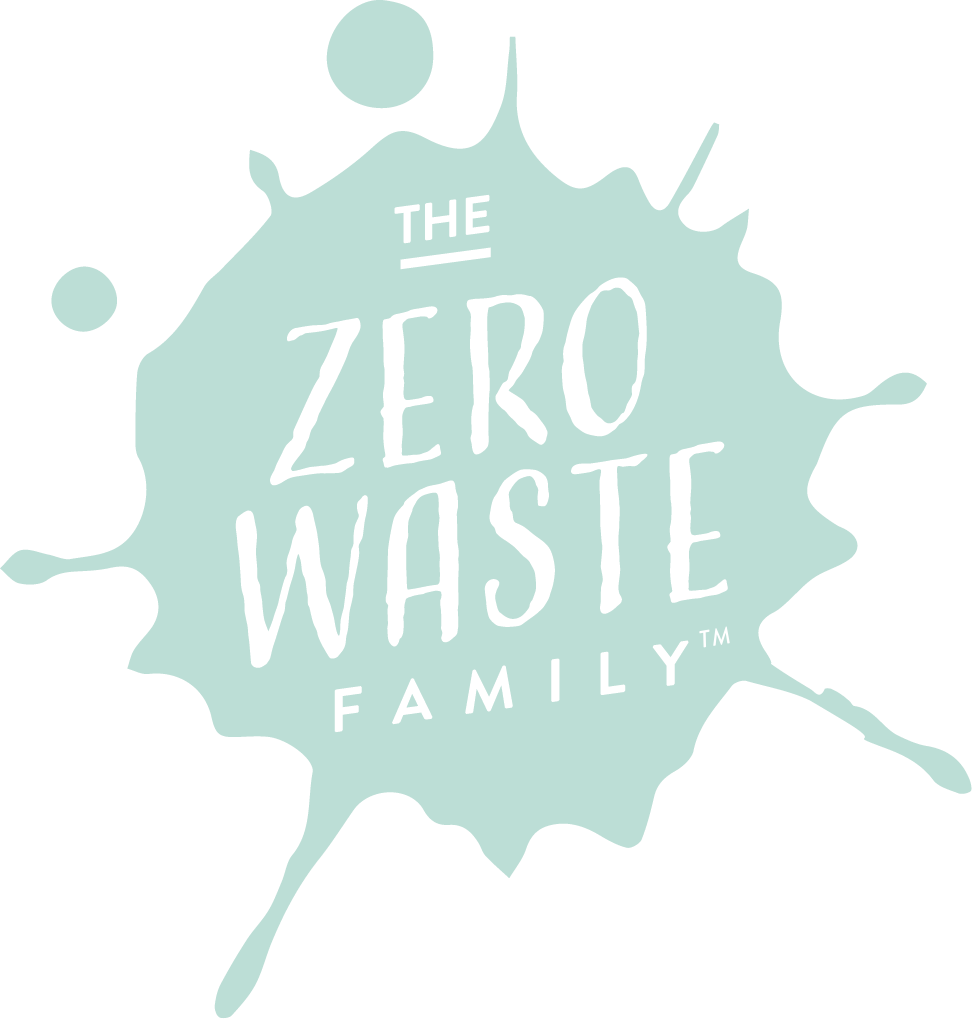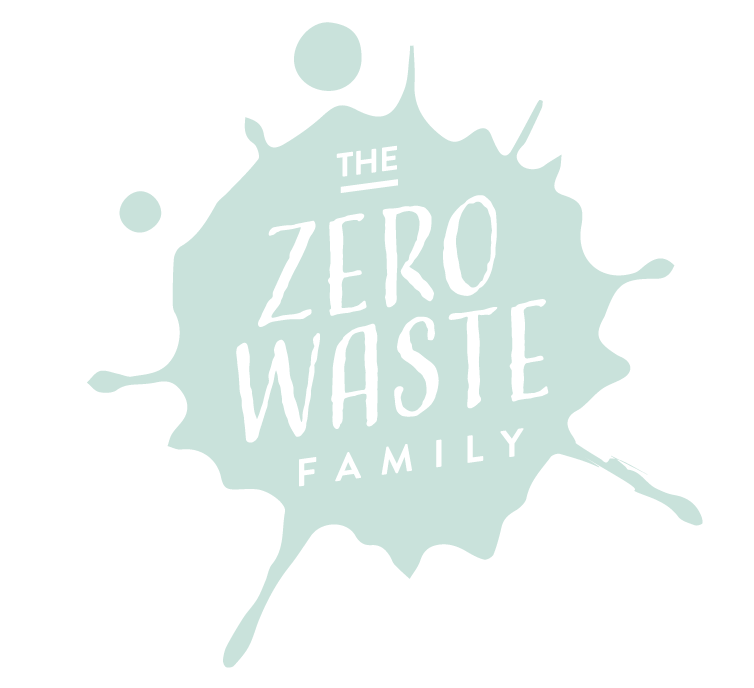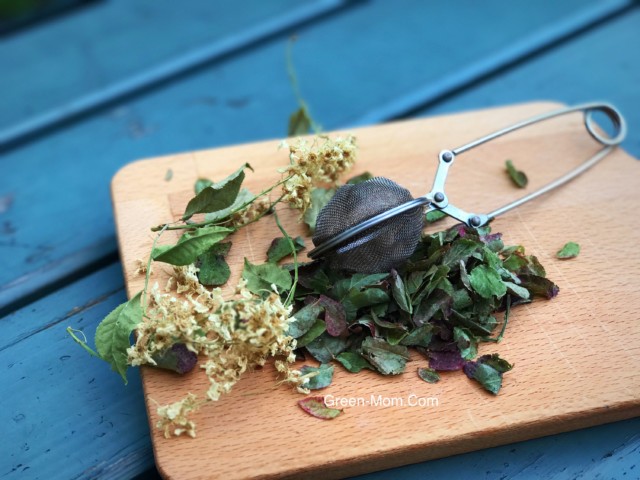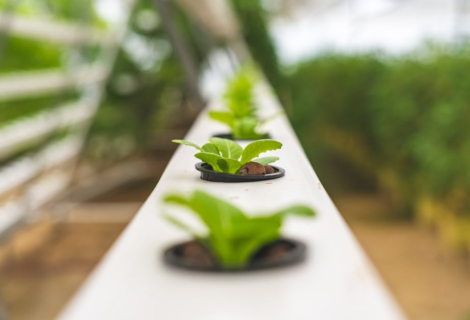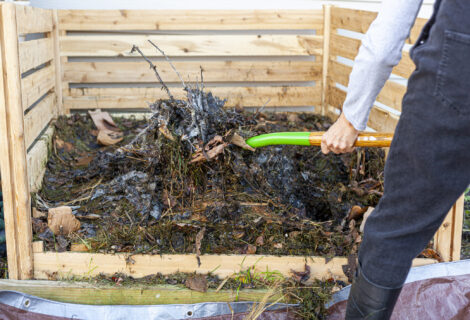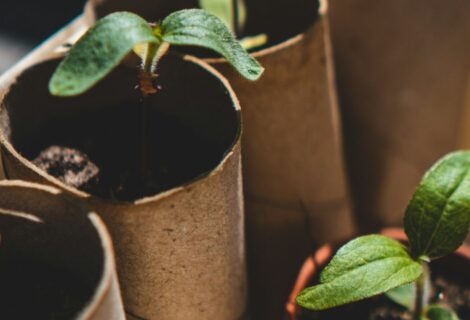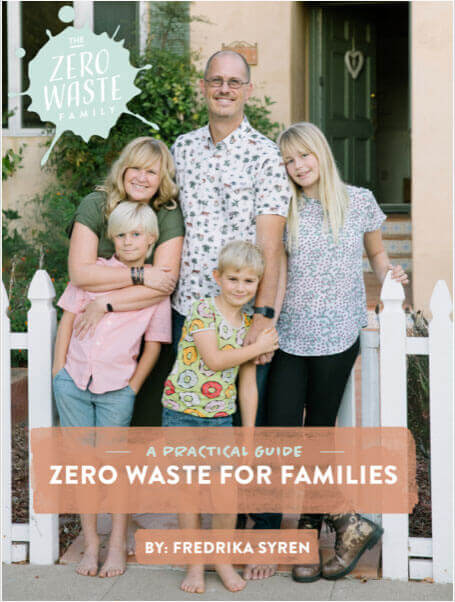If you have been following me, you know that my family members are all tea lovers. Throughout the day, we drink many cups of tea, mostly green, white and red teas. Last summer I made lots of herbal teas from foraged flowers and herbs, but I also grow herbs in my garden for making tea because what better way to drink tea the zero waste if you make your own?
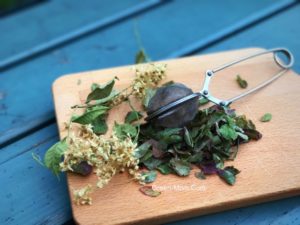 Even if you have only a small garden or just a balcony, you can grow herbs because they do not require lots of space, and can be grown in pots and containers. Within my plot, I have a designated herbal garden where I grow all kinds of herbs for both cooking and tea making. Many herbs can be grown in containers because they like being crowded and sharing space with other herbs. They can be grown both indoors and outdoors, and can be a wonderful decoration in the kitchen — or — why not the table?
Even if you have only a small garden or just a balcony, you can grow herbs because they do not require lots of space, and can be grown in pots and containers. Within my plot, I have a designated herbal garden where I grow all kinds of herbs for both cooking and tea making. Many herbs can be grown in containers because they like being crowded and sharing space with other herbs. They can be grown both indoors and outdoors, and can be a wonderful decoration in the kitchen — or — why not the table?
Over time I have I have been learning about different herbal and medicinal plants and which ones can be used for making tea. I have discovered some favorites. These plants for making tea can be grown at home and may even sprout without your planting them.
Here some favorite herbal teas that I made last summer:
Raspberry leaf tea—I drank a lot of this tea while pregnant because it can help strengthen the uterus and is a good source of Magnesium, Potassium, and B-Vitamins. Now I drink it for other specific benefits: it helps to balance hormones, boost the immune system, benefits the heart; and it helps with indigestion, among many things. Raspberry leaves come from a raspberry bush, so of course this might be a little large to grow in an herb garden. The fun benefit of growing raspberry bushes is that you get both the raspberries and the leaves. Raspberry bushes tends to spread and can take over the whole garden unless you prune them and keep them fenced in.
 Chamomile—My kids drink chamomile tea pretty much any time they are sick, and they enjoy it before bed because it helps relax them and ease any anxiety. It also helps ease PMS symptoms, is anti-inflammatory, soothes stomachaches, and promotes healthy skin.
Chamomile—My kids drink chamomile tea pretty much any time they are sick, and they enjoy it before bed because it helps relax them and ease any anxiety. It also helps ease PMS symptoms, is anti-inflammatory, soothes stomachaches, and promotes healthy skin.
Mint—My kids’ second favorite herbal tea is mint because it’s refreshing and helps with any digestive issues. Mint also can help soothe a cough, and it helps the mind stay alert. Growing mint is easy; however, it tends to spread, so I recommend growing it in pots to prevent your entire garden from becoming one giant mint field.
Fennel—To make fennel tea, use the seeds. It can help poor digestion, heart burn, gas and bloating. I drank fennel tea a lot after my third baby got colic, and I even gave him some to help his poor tummy. Fennel also boosts the immune system, and may help relieve arthritis.
Nettle—These little weeds I have written about a lot because nettle is, in my opinion, a superfood. And you can read more about the many uses of nettle here. Nettle contains restorative elements which boost the immune system. It contains vitamins A, C, K, calcium, potassium and iron. During my pregnancy and after giving birth, I drank nettle tea to boost my iron level.
Rosehip—Rosehip, one of the best plant sources of vitamin C, is important for the immune system, skin and tissue health, and adrenal function.
Elderflower—This flower contains lots of antioxidants, so it helps boost the immune system. As well, it helps with swollen sinuses, colds, flu symptoms, bronchitis and constipation.
Blueberry—I like making blueberry tea by adding a few dried blueberries to the leaves. Blueberry tea contains lots of antioxidants, and anti-inflammatory and anti-allergen properties. Blueberry bushes like to be in pari in order to pollinate so make sure to plant at least two
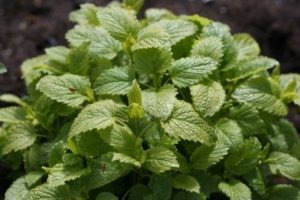 Lemon balm—Known as the calming herb, it can help relieve anxiety, promote sleep, support the liver, act as a powerful antioxidant, and help protect the brain. Just like mint, lemon balm tends to take over any neighboring plants, so I recommend growing this one in pots.
Lemon balm—Known as the calming herb, it can help relieve anxiety, promote sleep, support the liver, act as a powerful antioxidant, and help protect the brain. Just like mint, lemon balm tends to take over any neighboring plants, so I recommend growing this one in pots.
 Brew zero waste. For my tea, I use a plastic free tea strainer.
Brew zero waste. For my tea, I use a plastic free tea strainer.
To make your tea, you can use fresh leaves, seeds and flowers. I do that while I have access to fresh resources; but since I try to live a zero-waste life, I make dried herbal teas for the cold winter months, too. I dry my herbs, flowers and seeds in a dehydrator on 105F until dry, then crumble them up. You also can hang them upside down in a warm kitchen until they dry, or by place them on a cookie sheet in a 175F oven until dry.
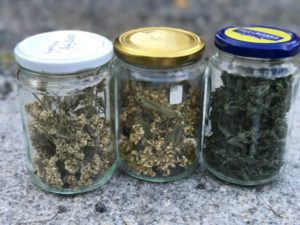 There are many fun herbal tea blends you can make, so you should try out different combinations to discover your own favorite blend. Wellness Mama has this recipe for an herbal pregnancy tea blend I like:
There are many fun herbal tea blends you can make, so you should try out different combinations to discover your own favorite blend. Wellness Mama has this recipe for an herbal pregnancy tea blend I like:
- 4 cups raspberry leaves
- ½ cup mint leaves
- ½ cup stevia leaves
- 1 cup nettle leaves
Here are some of my favorite combinations:
- Mint & Stevia
- Mint & Fennel
- Chamomile & Rosehip
- Mint & Lemon Balm
- Elderflower & Lemon Balm
- Nettle & Mint
- Nettle & Chamomile
